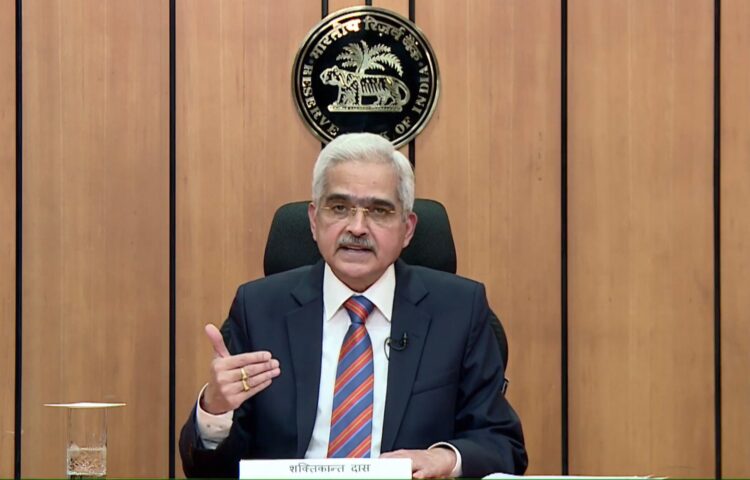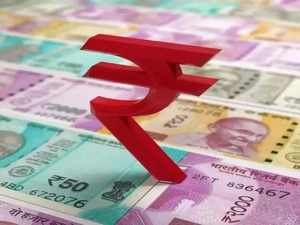The Reserve Bank of India’s (RBI) Monetary Policy Committee (MPC) did not change the repo rate from 6.50 percent, as expected.
The MPC also agreed to impose a 10% incremental cash reserve ratio (I-CRR) on the growth in scheduled banks’ net demand and time liabilities (NDTL) between May 19 and July 28.
This action is meant to absorb the excess liquidity generated by the previously mentioned variables, including the return of Rs 2,000 notes to the banking system.
Following the MPC’s three-day deliberations, RBI Governor Shaktikanta Das announced on Thursday that the Committee unanimously chose to retain the repo rate at 6.5 percent.
The standing deposit facility (SDF) rate of 6.25 percent stays intact, as does the marginal standing facility (MSF) rate of 6.75 percent and the Bank Rate.
With monetary transmission currently underway and headline inflation staying above the 4% target, the MPC decided to maintain its focus on gradually withdrawing accommodation to ensure that inflation gradually aligns with the target while sustaining growth.
The aforementioned judgment, however, was not unanimous, with Shashanka Bhide, Ashima Goyal, Rajiv Ranjan, Michael Debabrata Patra, and Das voting in favor and Prof. Jayanth R. Varma voting against.
The monetary authority Governor stated that the MPC has predicted GDP growth of 6.5% in FY24, taking into account economic conditions.
In terms of the inflation rate, the MPC forecast was 5.4 per cent for 2023-24 taking into account the various domestic and global factors.
We must closely monitor possible El Nino conditions and global food prices, given the skewed south-west monsoon and potential vegetable price shock reversal. These developments warrant a heightened vigil on the evolving inflation trajectory,” Das said.
In response, Madan Sabnavis, Chief Economist at Bank of Baroda, told IANS, “Interestingly, the RBI has raised the forecast to 5.4 percent from 5.1 percent, with second-quarter inflation crossing 6% (6.2%).” This indicates that there is no chance of a rate drop for the current calendar year, given the inflation projection for Q3 is 5.7 percent.
“The introduction of an incremental cash reserve ratio (CRR), though on a temporary basis, will impound resources of banks and have an upward impact on market rates. While there will still be surpluses in the market, the concept of impounding of resources will exert upward pressure on sentiment and hence interest rates.
“We can assume that the RBI may reverse this before the festival/busy season, as they could have conducted an open market operation (OMO) to permanently withdraw liquidity from the system.”
The MPC met from Tuesday to Thursday (August 8th, 9th and 10th).
Source:SE







 Finance
Finance





